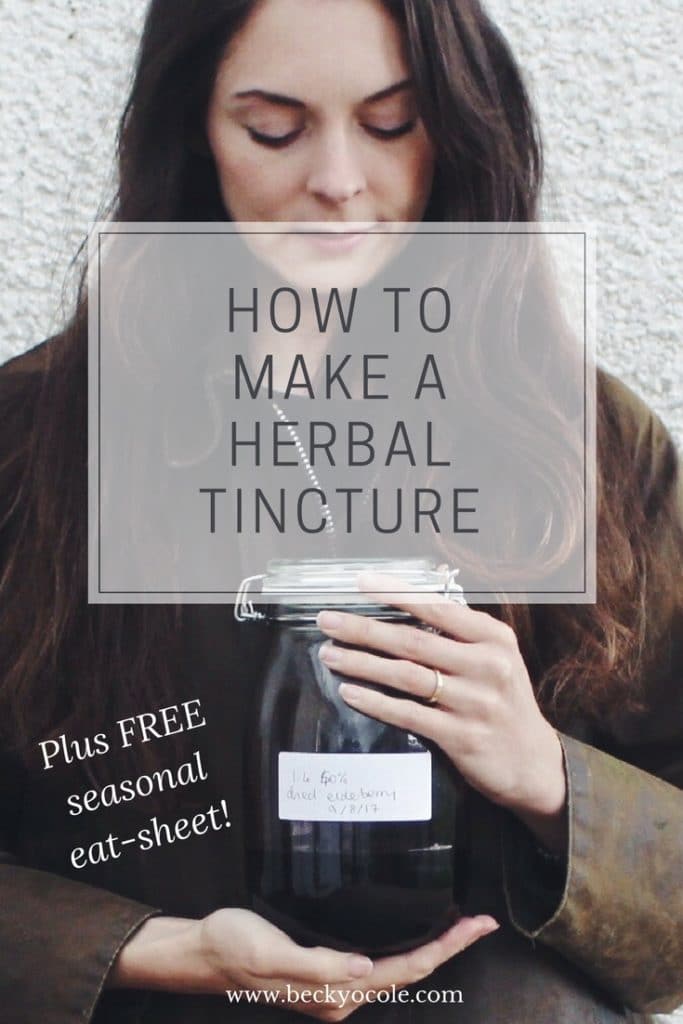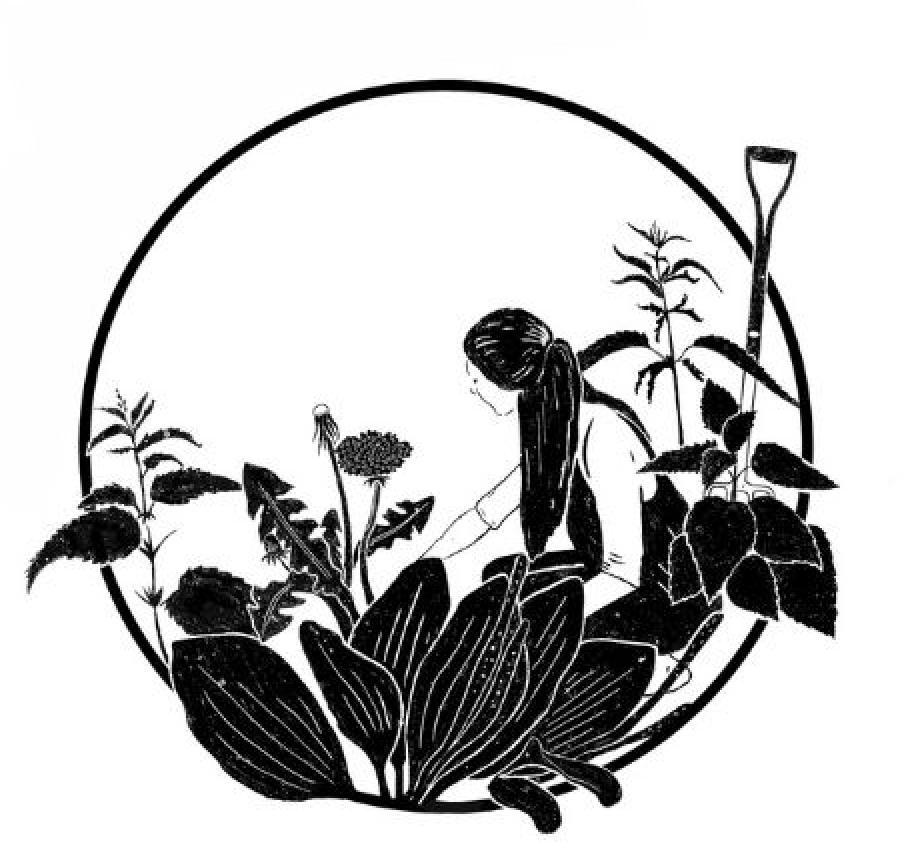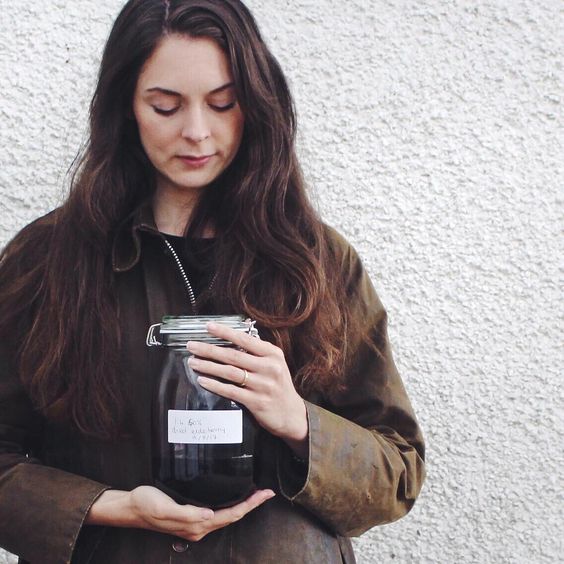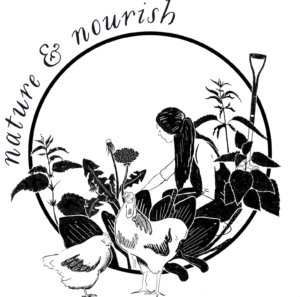How to make a Tincture
I absolutely adore natural remedies, and even better if they are straight from my garden or kitchen. However, I’ve always been really intimidated by the thought of tinctures. What are they and how do I use them? Well this year I embarked on a bit of an educational journey with herbs, learning the answer to those tincture-y Qs along the way. To top it off I now make my own tinctures. Something I NEVER thought I’d do!
So, if you’re interested in learning about tinctures and how to make them keep reading (and don’t forget to sign up for my mailing list to get lots of free goodies and learn about my Natural Living course!)
First Up, What is a Tincture?
A tincture is a preparation of a herb and a solvent (usually alcohol). Together it makes a concentrated form of that particular herb. So basically a tincture is a high quality, affordable, plant medicine. I love tinctures because they’re easy to make, easy to consume, easy to transport and last for years.
What is a tincture used for?
Tinctures are great for staving off colds, flus, helping to aid sleep and digestion depending on what herbs you use.
How do you make a tincture?
You can make a tincture two ways-either by a weight by measure method or the folkloric method.
My choice is always the folkloric method. The difference is that the folkloric method requires you to add herbs to a jar and eyeball the amount of alcohol you add on-top. While the weight by measure method requires you to measure the herbs and solvent so you get a more accurate idea of the strength of your tincture.
What you need to make a folkloric tincture:
- Herb
- Solvent of choice (I like a 40-50% alcohol as this is readily available)*
- Kilner Jar or similar
- Label
- Amber drop bottle
- Funnel
- Muslin cloth
- Potato ricer
Chop your herb into small pieces and place in a wide mouth glass jar. Top with a 40-50% proof vodka* leaving 2 inches of alcohol covering the herb if your using fresh and 4 inches if your using dried herbs. Keep in a dark cabinet and shake daily for 4-6 weeks. Strain by placing a muslin cloth inside a sieve and place over a bowl. Empty out your jar of tincture into the sieve and let the tincture filter through. Use a ricer to get the rest of the tincture out of the cloth or alternatively wring it out with your hands. Pour the strained tincture into a dropper bottle and label with the common and scientific name, the date and type of alcohol used.
How to make Tincture without alcohol
You can make a tincture without alcohol by simply substituting the alcohol with glycerin/glycerine.
* Ideally in tincture making you want to use a 95% alcohol for fresh herbs and a 50% alcohol for dried herbs. This is because fresh herbs contain water and so dilute the alcohol down making it less shelf stable. I use the strongest vodka I can find at my supermarket for convenience and chance the lesser shelf life.





Trackbacks/Pingbacks